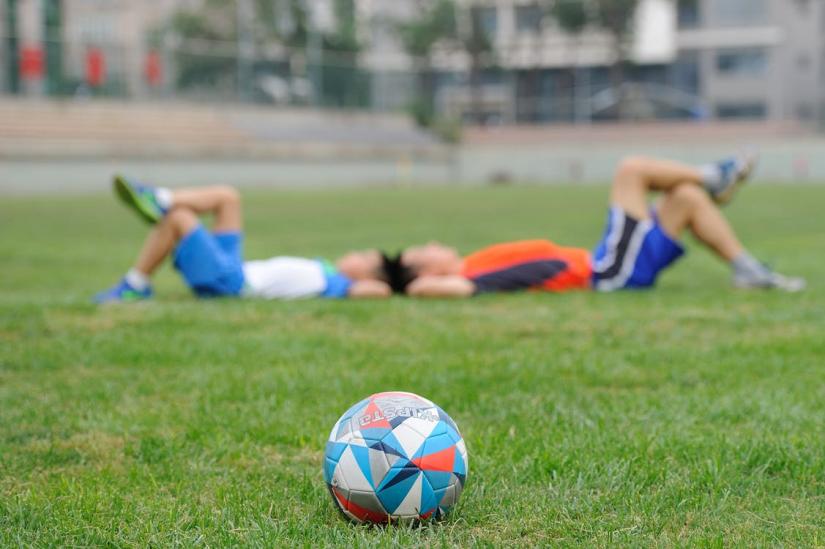
It is no surprise that while participation in sport is declining, rates of self-harm, depression, anxiety and suicide are on the rise in Australian youth. Strong evidence shows that playing sport from a young age supports health and wellbeing across the life span, including higher rates of educational attainment, improved mental health and longer life expectancy.
A key element of the Department of Health’s strategy to build healthy and active Australian communities is to boost youth participation in sport and support grassroots sporting clubs. Among the current barriers to participation in sport are poorly designed and poorly maintained sporting facilities.
UTS researchers from the Faculty of Health and the Faculty of Design, Architecture and Building are collaborating with the Cooks River Sporting Alliance (CRSA), Canterbury Hurlstone Park RSL Club and several local schools to co-design a program to engage more young people in sport in Sydney’s inner west.
“We know that participation in sport declines with age, particularly in adolescence, but we need more data to explain the factors that affect youth participation in sport,” said Professor of Public Health Fiona Brooks.
The multi-phase project Designing IN Youth will address the question of what needs to be improved to sporting facilities, how best to advertise initiatives to boost participation and what sporting opportunities will appeal to young people in the community.
“We need to include the opinions of young people in the co-design process to ensure being involved in sport appeals to them,” noted Professor Deborah Ascher Barnstone, Associate Head of the School of Architecture.
An online survey for young people and parents will explore the psychosocial and environmental factors that may determine participation in sport including accessibility, opportunity, motivation, fun, fitness and competency. Focus groups with young people and parents will follow up on the data collected to test ideas and receive feedback for the advertising campaign for grassroots sport.
In partnership with young people, the researchers will develop a map of the perceived sports assets in the Hurlstone Park and Canterbury area to gain a comprehensive picture of the facilities currently available. A systematic audit of the built environment in the CRSA area for sport will be conducted to assess the functionality, safety, accessibility, and the aesthetic and social appeal of the facilities.
“Most organised sports promote playing to win, rather than playing for enjoyment,” said Dr Job Fransen, Lecturer in Skill Acquisition and Motor Control. “We hypothesise that interventions that encourage youth leadership and peer-led play will improve attitudes to physical activity and promote longer term involvement in sport.”
The results of the fieldwork will be used to formulate recommendations for future action including a design proposal for an integrated, multi-sport facility that addresses the needs of young people in the community.

